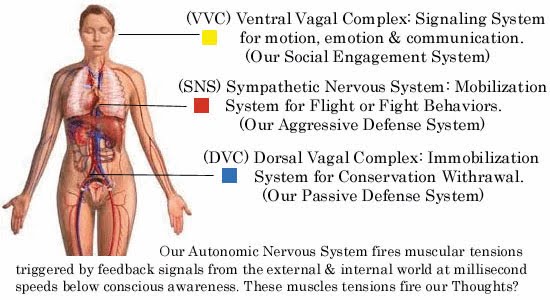The Technology in Counselling Chapter of the CCPA has been one of the quickest chapters to form it its history. It is difficult to ignore the captivating nature of these devices while everyone is kept busy tapping away. Our integration of these devices into our day to day may explain some of the interest practitioners may have. However, when I approach those with an interest it seems people are still wrought with uncertainty about their technological literacy and shy to dig their hands into tech.
When I get a better understanding of these folks perspective, it dawns on me that they are unsure because they don’t believe they understand technology, even though they use it every day. Technology seems strange, different, and to a psychotherapist, even a bit arcane. Psychotherapists are studied in the art of personal interaction, where computers and screens seem devoid of it. The flickering screens that people are so focused on seemingly distract from personal interactions. The buzzing, bleeps, and rings from devices sound alien, not like human voices at all, and again, devoid of the human spirit.
 I grew up with technology. From a young age, the computer screen was my portal to be with my friends during most of my adolescence when my family would shelter me from contact with my peers. I learned how to build relationships through AIM, MSN, and Facebook chats. During my formative years, I would spend hours toiling away at a thought, or analyzing the thoughts of others through the computer and keyboard. Now in my adult life, I continue to use similar platforms to stay in touch with others and practice the same process, even evolving the way in which I spend time with my friends through the computer. I have web conferenced with friends to teach them how to use their Ebay accounts. I have bonded over online e-sports competitions such as StarCraft with co-workers a province away whom I’ve never met. I also spend quality time playing games with friends, getting to know them by how they problem solve, how they react to stressful situations, and team building, not unlike engaging in a sport with a group of friends.
I grew up with technology. From a young age, the computer screen was my portal to be with my friends during most of my adolescence when my family would shelter me from contact with my peers. I learned how to build relationships through AIM, MSN, and Facebook chats. During my formative years, I would spend hours toiling away at a thought, or analyzing the thoughts of others through the computer and keyboard. Now in my adult life, I continue to use similar platforms to stay in touch with others and practice the same process, even evolving the way in which I spend time with my friends through the computer. I have web conferenced with friends to teach them how to use their Ebay accounts. I have bonded over online e-sports competitions such as StarCraft with co-workers a province away whom I’ve never met. I also spend quality time playing games with friends, getting to know them by how they problem solve, how they react to stressful situations, and team building, not unlike engaging in a sport with a group of friends.
In other words, my experience with technology is one of human connectivity. When I look at a computer screen, I see friends and ways to interact with people. When I hear a chime on my phone, or feel it vibrate, I’m delighted because it may be a co-worker, or a friend that wants to catch up. Seeing technology does not have to be scary. It’s a matter of seeing beyond the screen and thinking about the person on the other side. Being technologically literate begins with understanding that there’s nothing to be scared of. Part of that journey is understanding that the device is simply a window to people.
*The views expressed by our authors are personal opinions and do not necessarily reflect the views of the CCPA







